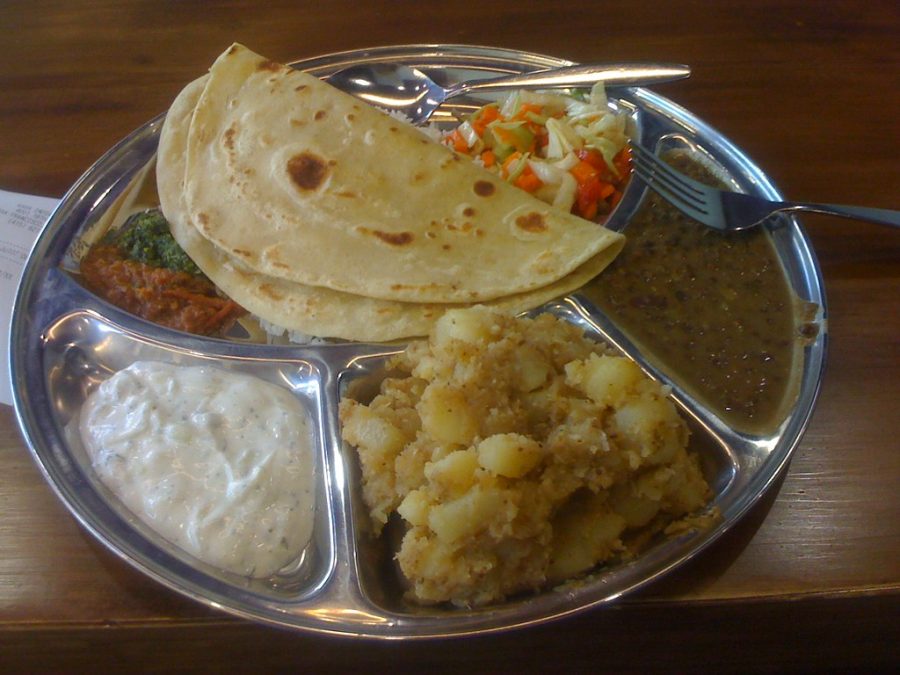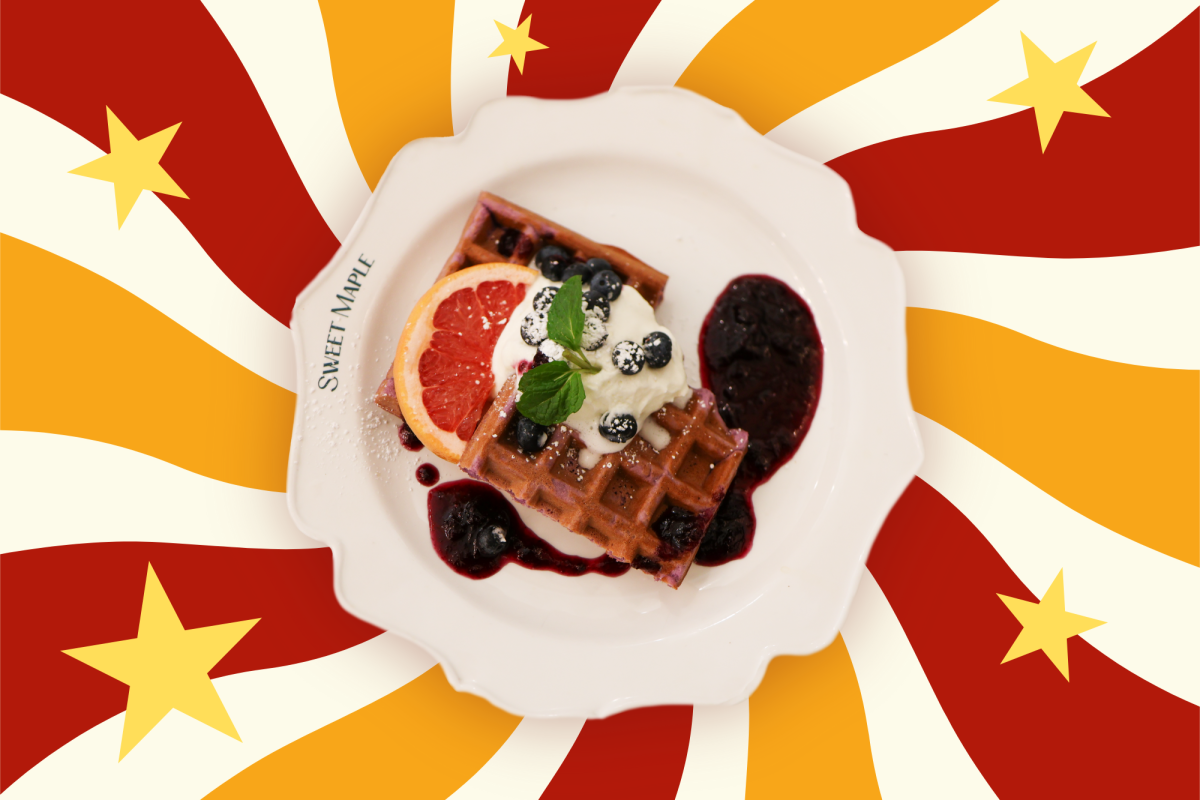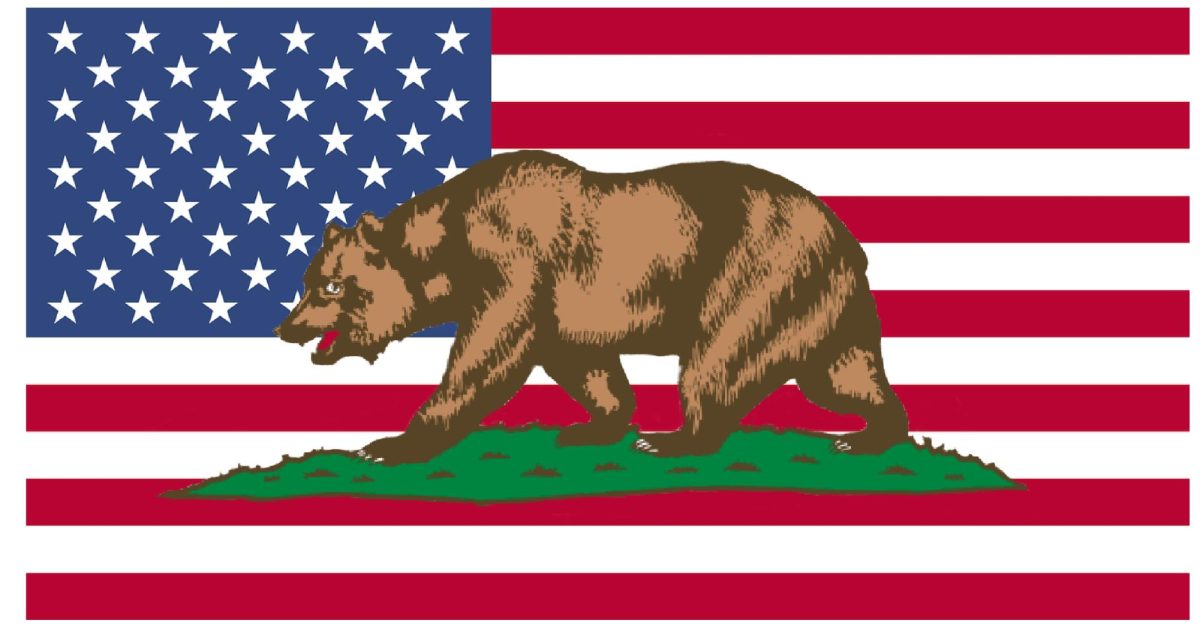Students compare authentic and Americanized cultural cuisine
From Panda Express to Madras Cafe, students identify accurate representation in restaurants
From India to Taiwan to Tonga, students discuss their favorite cultural restaurants and dishes.
April 25, 2022
Whenever junior Jeremiah Moli attempts to cook authentic Tongan meals, he finds that the end product always falls short of his mother’s traditional cooking. While he struggles with precisely measuring ingredients, he admires his mother’s ability to simply “do everything by feel,” enhancing every meal with her inherent talent for cooking.
Tonga is a small Polynesian country with a U.S. population of about 60,000 — because of this, Moli explains that there are very few Tongan restaurants in the U.S. Instead, his family visits Hawaiian barbeque restaurants which serve his favorite meal Lu Pulu, a piece of meat on a taro leaf marinated in coconut milk. While the menus offer similar foods to what Moli eats at home, he understands that businesses profit more from serving inclusive or Americanized meals.
“[The meals] definitely veer towards what white people will eat, and just what people will eat broadly in the area,” Moli said. “It needs to appeal to not just [people of the restaurant’s culture] but also to just people in America because people, [after] they move to America, feel the need to assimilate and become a part of American culture. I think that often drives people to change what they’re eating.”
Similarly, senior Edgar Tsai notices that supposed cultural restaurants like Panda Express and P.F. Chang’s also center their business around white or non-Chinese customers. Some of the faults of Panda Express — which Tsai believes is “not even remotely close to being authentic” — compared to the restaurants he’s visited in China or Taiwan, are its low quality and lack of traditional ingredients.
“Sometimes East Asian parents think that [Panda Express] is bad because Americans eat it and end up thinking that it’s actual Chinese food even though it’s not,” Tsai said. “So there’s this [stigma] for East Asians against Panda Express and P.F. Chang’s.”
Echoing both Moli and Tsai, junior Aparna Narayanan notices that Americanized restaurants often alter the spices they use in order to cater to other racial groups. Narayanan’s favorite cultural restaurant in the Bay Area is Madras Cafe, mostly because it doesn’t incorporate excessive amounts of spices and oil into its dishes like many other Indian restaurants do.
“In India, even outside [restaurants] are closer to my mom’s cooking,” Narayanan said. “So it’s very traditional and they do the normal way of seasoning foods with the right balance. They don’t have to cater to the spices that American people may like.”
While Moli, Tsai and Narayanan all recognize the slight difference in authentic taste, Moli still appreciates the representation of Polynesian culture in American restaurants. In the future, he hopes there will be more Tongan restaurants so that others in America can taste the food and learn more about the culture.
“The melting pot analogy for America is outdated,” Moli said. “It’s never been fully accurate to what actually goes on for immigrants and for people of different cultures living in America. There was an interpretation we learned about this year about America being more of a salad bowl — just mixed together, but there are also separate parts that exist on their own as their own culture and as their own people. I think it’s important to have those types of restaurants and those types of places.”




























